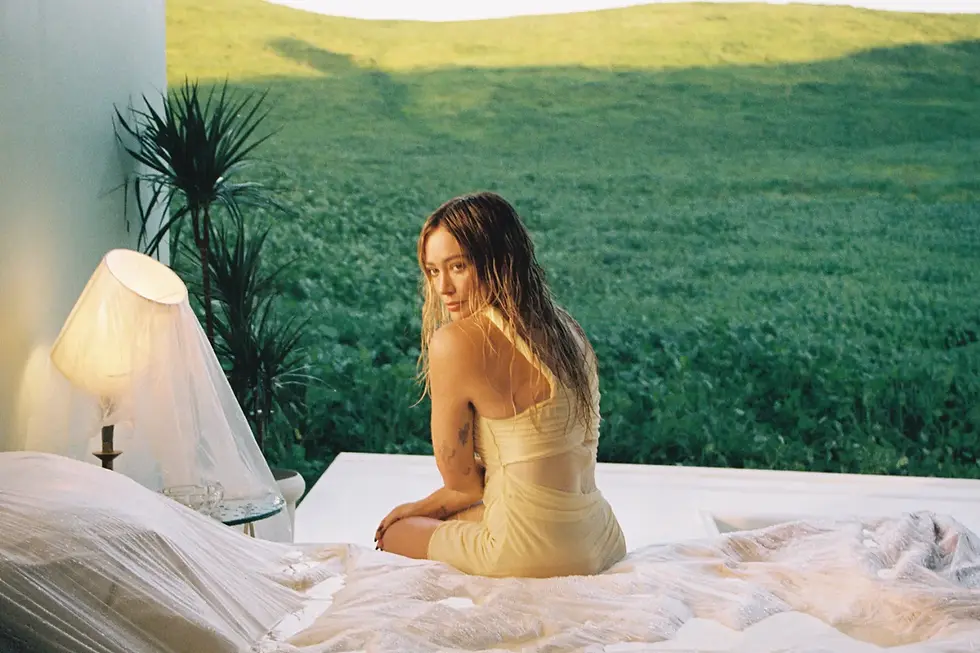Dara - This Barbie is a Drag Queen
- Matheus Hooks/ Editor-In-Chief

- Jul 20, 2023
- 4 min read
"DRAG" COVER EDITION - JULY ISSUE

Model: @the.only.dara
Photos: @gutyerrez
Videomaker: @dyegofiszter
Look: @gegem.bauer
Styling: @gegem.bauer @the.only.dara
Hair: @vel4sques
Hooks Team / Fashion Director and Designer: @directorhooks
Marketing Director: @mathlopes
In the thrilling "DRAG" edition of Hooks Magazine for July, we celebrate drag art and feature an exclusive interview with the phenomenal artist Dara, a Drag Queen created by Pedro Arent, who graces the cover inspired by the iconic Barbie doll. In a stunning photo shoot, Dara transports us to a world of creativity, inclusion, and empowerment.
In the interview, Pedro Arent, the artist behind the Drag, takes us on a personal journey, exploring how drag art provides a unique and innovative platform to express creativity and passions, combining fashion, art, and gender expression in memorable performances.

The influence of Barbie is also a prominent theme in the interview. Dara highlights how the evolution of the doll towards a more inclusive approach positively reflects on drag art and our ever-changing society.
The Drag Queen firmly believes in celebrating individuality and shares how her journey as a drag artist relates to the idea that anyone can be a Barbie. Just like the doll, drag art embraces diversity and encourages people to break free from limiting expectations, conveying powerful messages of self-acceptance and empowerment.

Check out the exclusive interview now:
1. How does drag art allow you to explore and express your creativity in unique and innovative ways?
Dara gives me the opportunity and self-confidence to bring the references and ideas from Pedro's mind into practice. I have always been fascinated by how drag encompasses fashion, art, and gender expression, which are my passions. I always strive to innovate in my creations, breaking away from the obvious and seeking inspiration in every step of the creative process.
2. Barbie has always been an inspiring icon for children worldwide, and now we are witnessing a more inclusive approach. How do you view this evolution and how does it reflect in your drag art?
The evolution of Barbie towards a more inclusive approach is a positive reflection of our ever-changing society. This change is significant both for Barbie's representation and for drag art. The inclusion in Barbie allows more children to see themselves represented and inspired, while in drag art, it fosters a more welcoming and authentic community. This evolution opens doors to discussions about equality, acceptance, and empowerment, enriching the creative expression and powerful message of the drag community.

3. How does your personal journey as a drag artist relate to the idea that anyone can be a Barbie?
The idea that anyone can be a Barbie is closely related to drag art, which celebrates individuality and freedom of expression. Both Barbie and drag art emphasize diversity and encourage people to break free from limiting expectations. My journey as a drag artist reflects this idea, allowing artists to create their own unique and inspiring versions of "Barbies" and convey messages of self-acceptance and empowerment.
4. Representation of diversity in fashion is still a challenge, but we are seeing changes. How do you believe this change affects the self-esteem and perception of the LGBTQ audience?
Representation of diversity in fashion has a significant impact on the self-esteem and perception of the LGBTQIA+ audience. These changes challenge harmful stereotypes and promote inclusion and respect. Seeing authentic representations in fashion allows individuals to identify and feel validated. This combats low self-esteem and fosters acceptance. Inclusion in fashion influences the overall perception of the LGBTQIA+ community, challenging prejudices and building a more inclusive society. It is crucial to maintain a critical perspective, ensuring that inclusion is genuine across all areas of the industry. This change is a positive step towards diversity in fashion.

5. Barbie has been criticized for promoting an unattainable beauty standard. How do you think this criticism can be addressed in the context of the diversity we are currently seeing?
The criticism of Barbie for promoting an unattainable beauty standard is valid, but we are witnessing changes in the context of current diversity. It is essential for the diversity in Barbie's representation to go beyond the surface and promote inclusion and self-acceptance. We should value different body types, ethnicities, gender identities, and physical abilities. Moreover, it is important to convey a message of appreciating diversity and fostering healthy self-esteem, encouraging children to love themselves as they are. Change doesn't happen overnight, but we can observe that Barbie has been using its influence to redefine beauty standards and celebrate diversity in all its forms.
6. The fashion world has a history of lack of representation. How do you believe that this Hooks magazine cover, featuring you as the protagonist, can influence others to feel represented and included?
It is undeniable that, despite many improvements, the fashion world still has much to deconstruct. It won't happen overnight, but slowly we are making progress and carving out our space. I understand that this cover decentralizes the stereotype of drags only standing out in nightlife and, at the same time, encourages people who would like to express themselves in this way. Our art has the power to break barriers beyond our community. What we need are more platforms like Hooks that give us a voice.



































